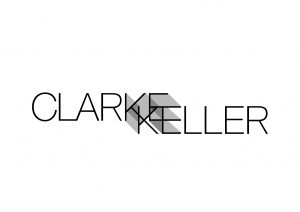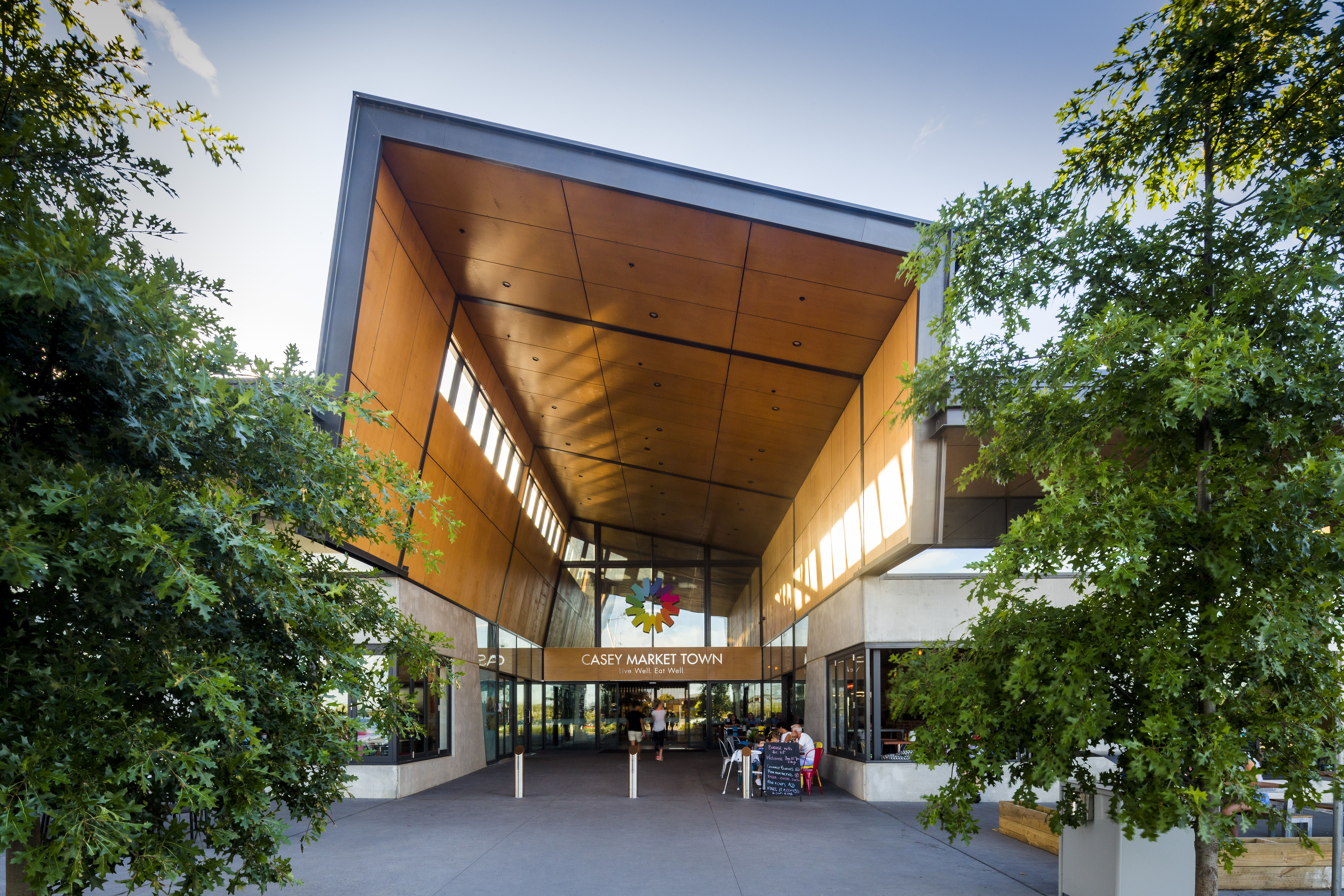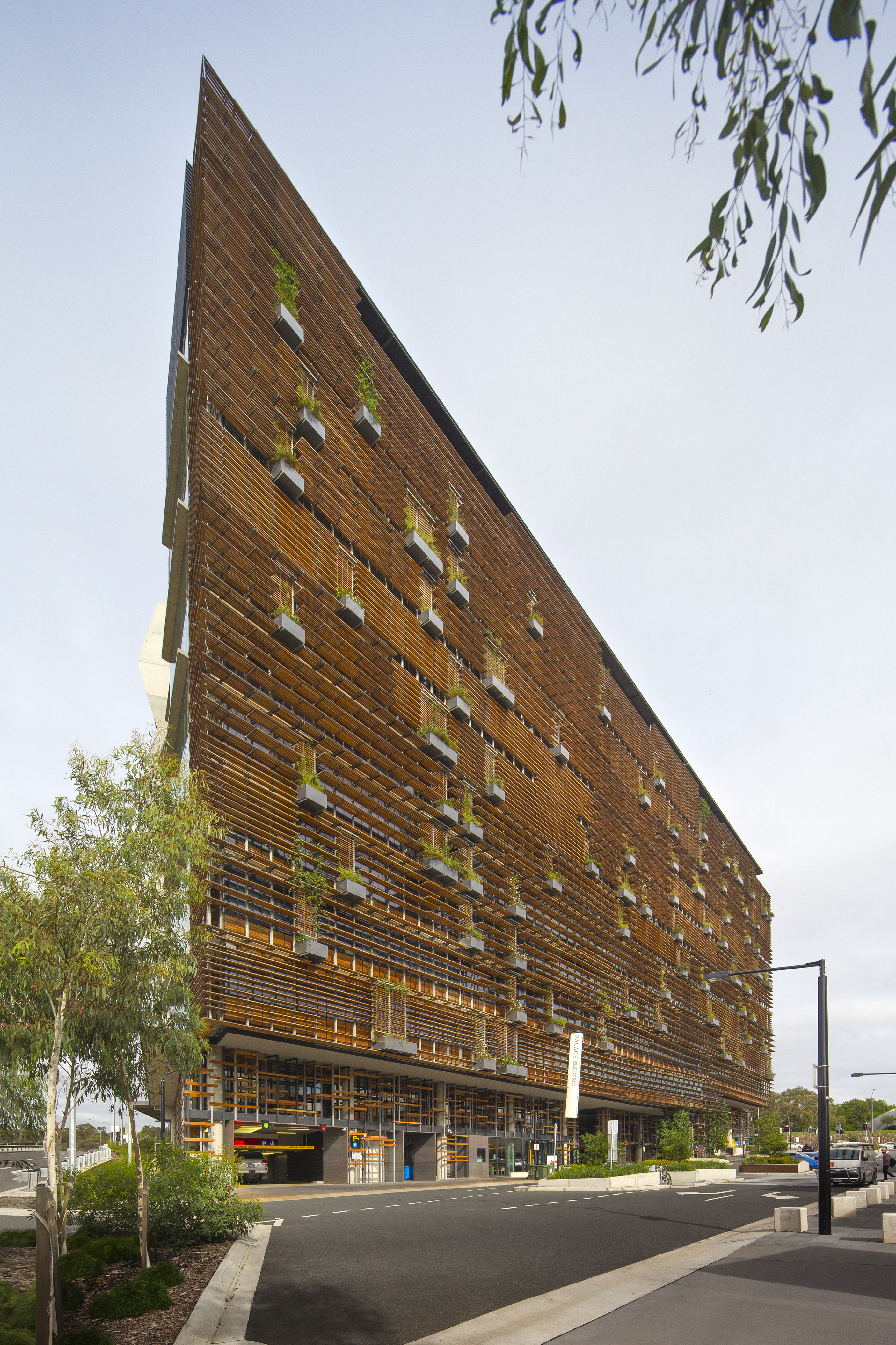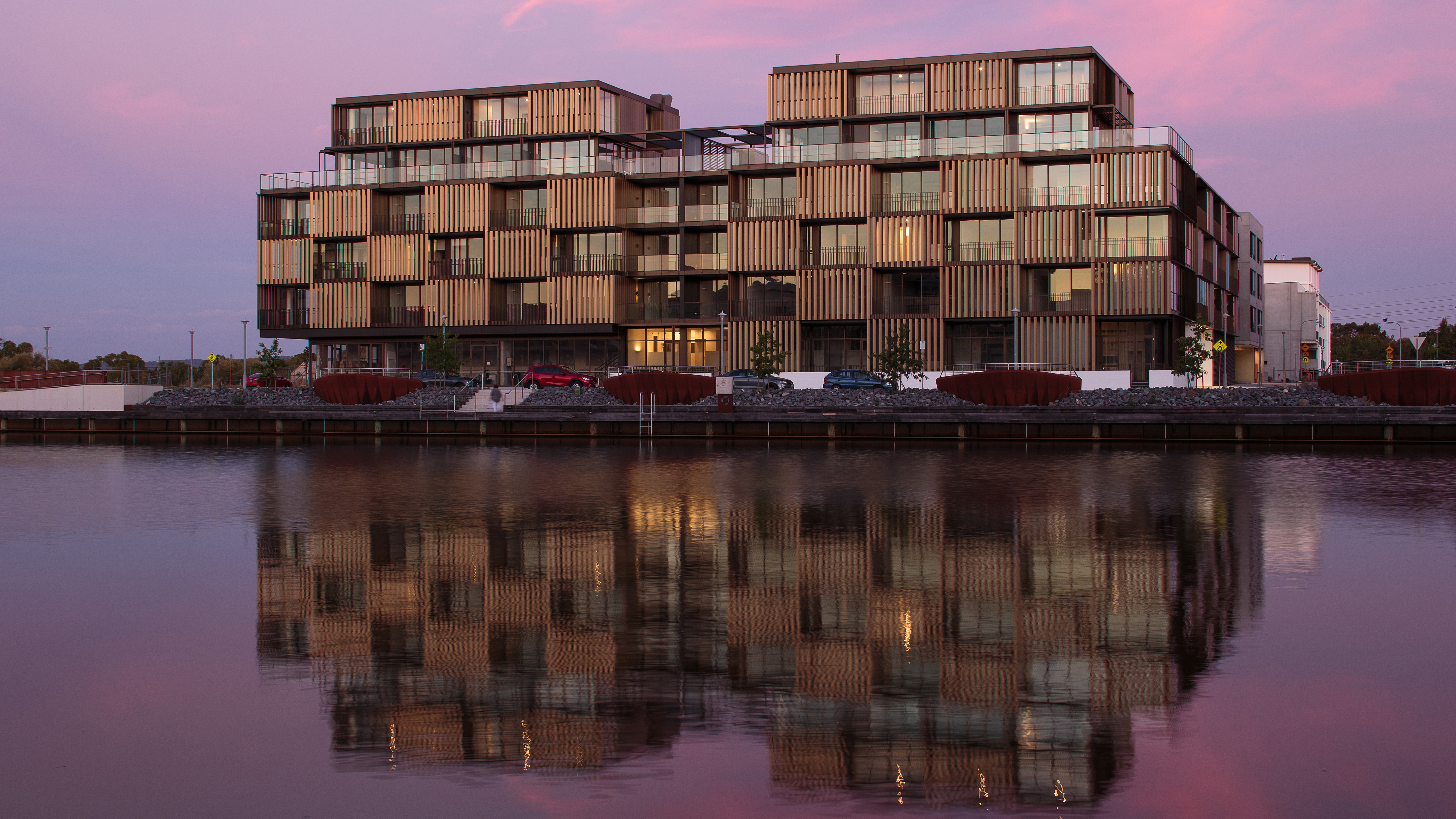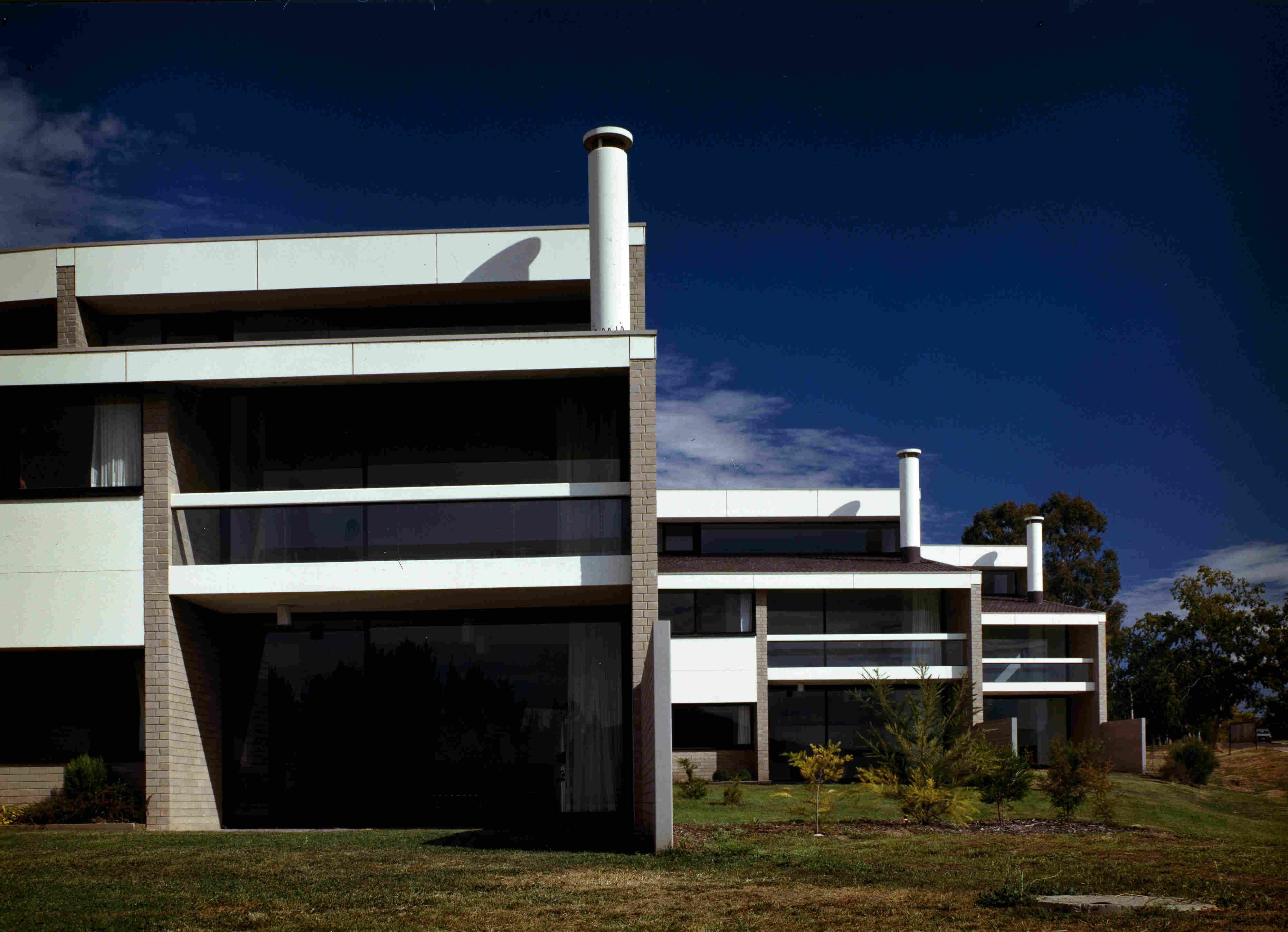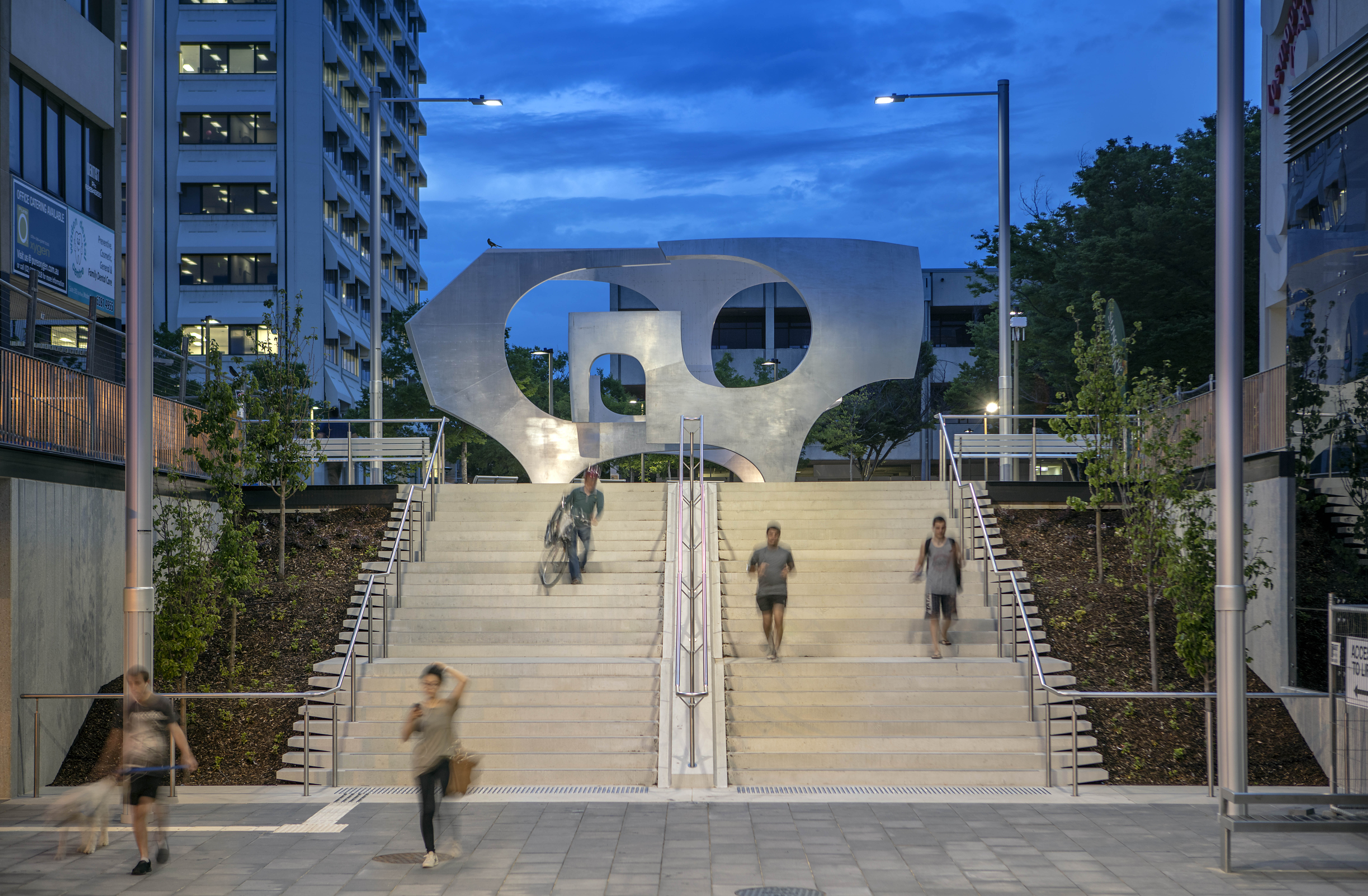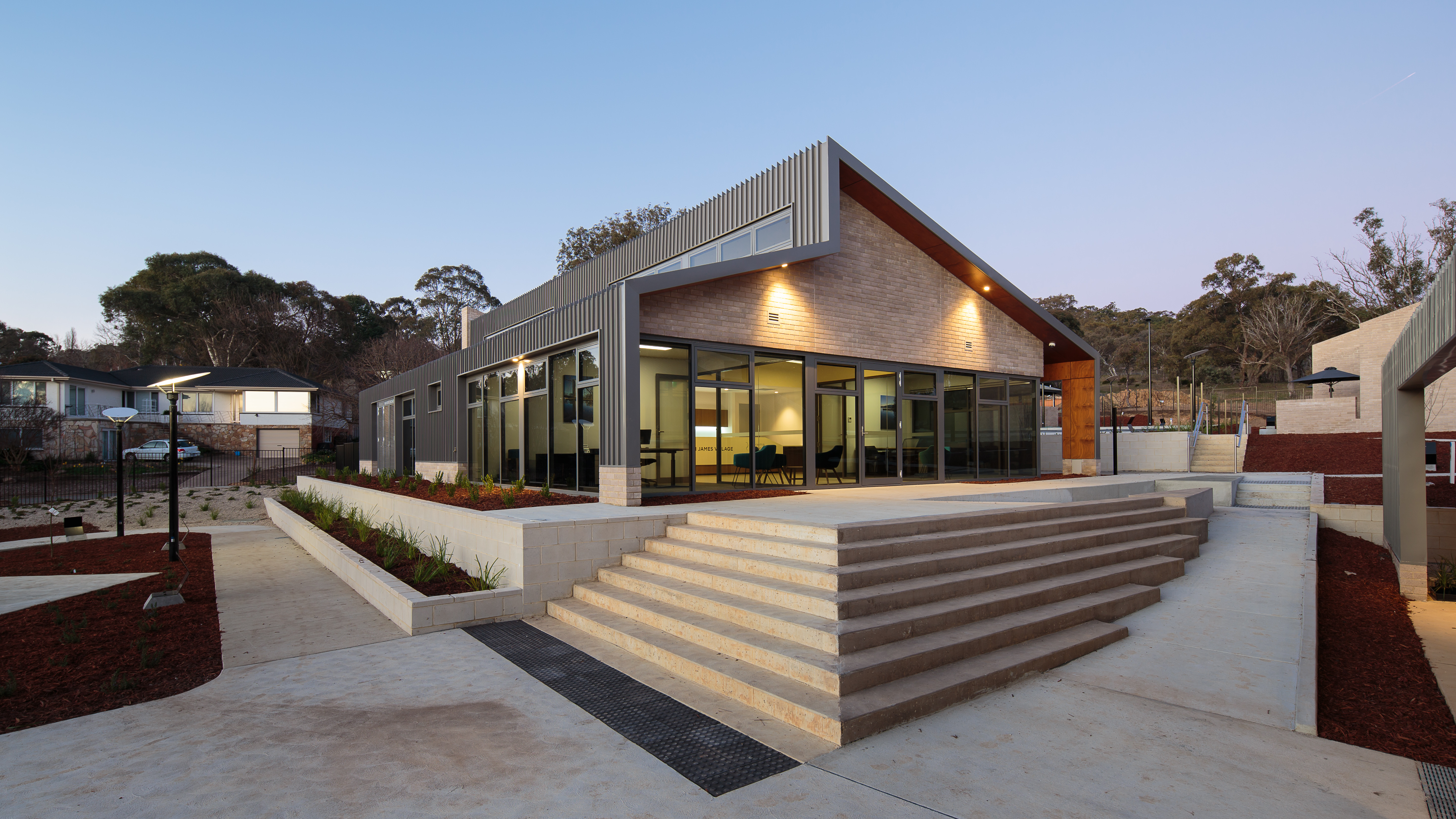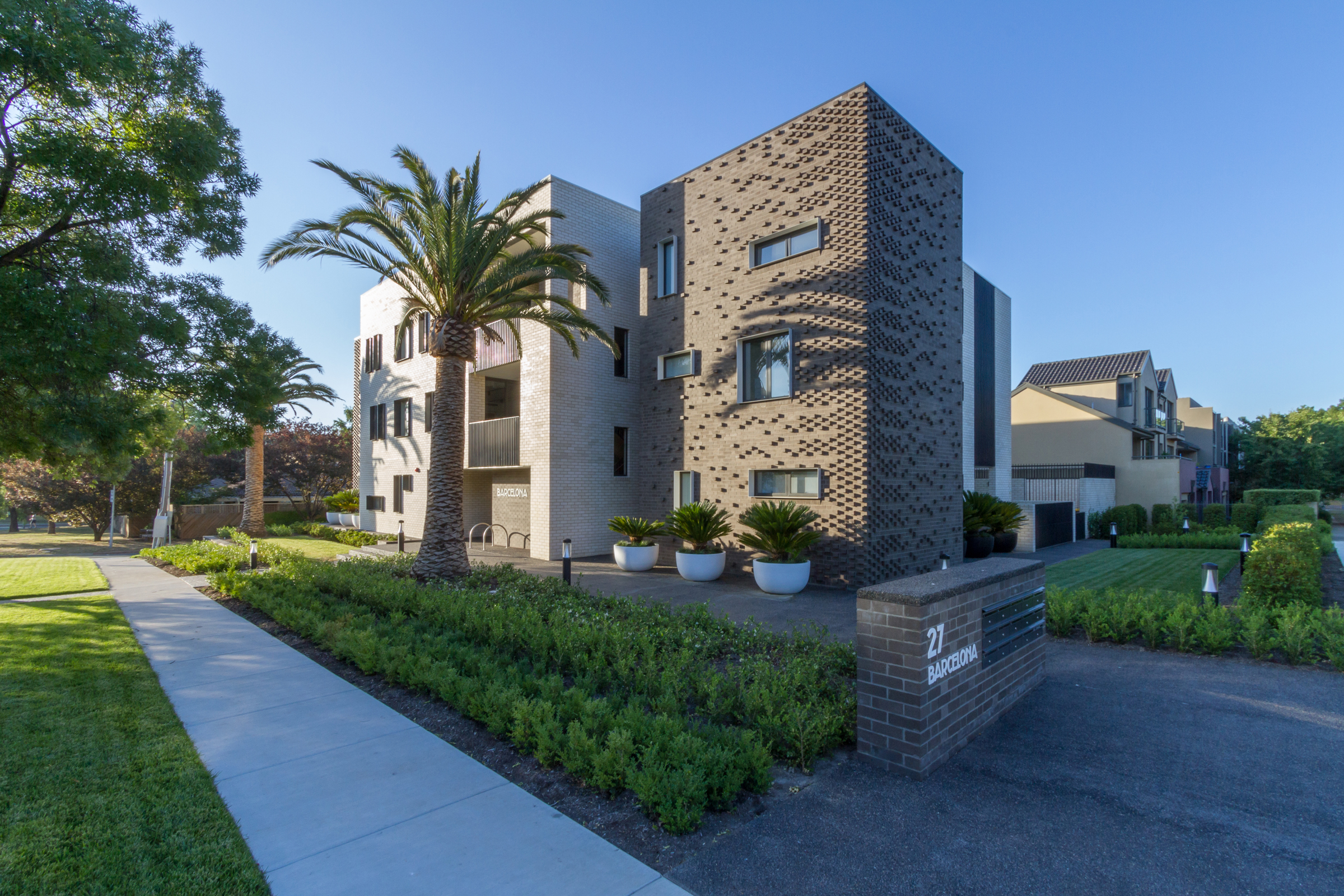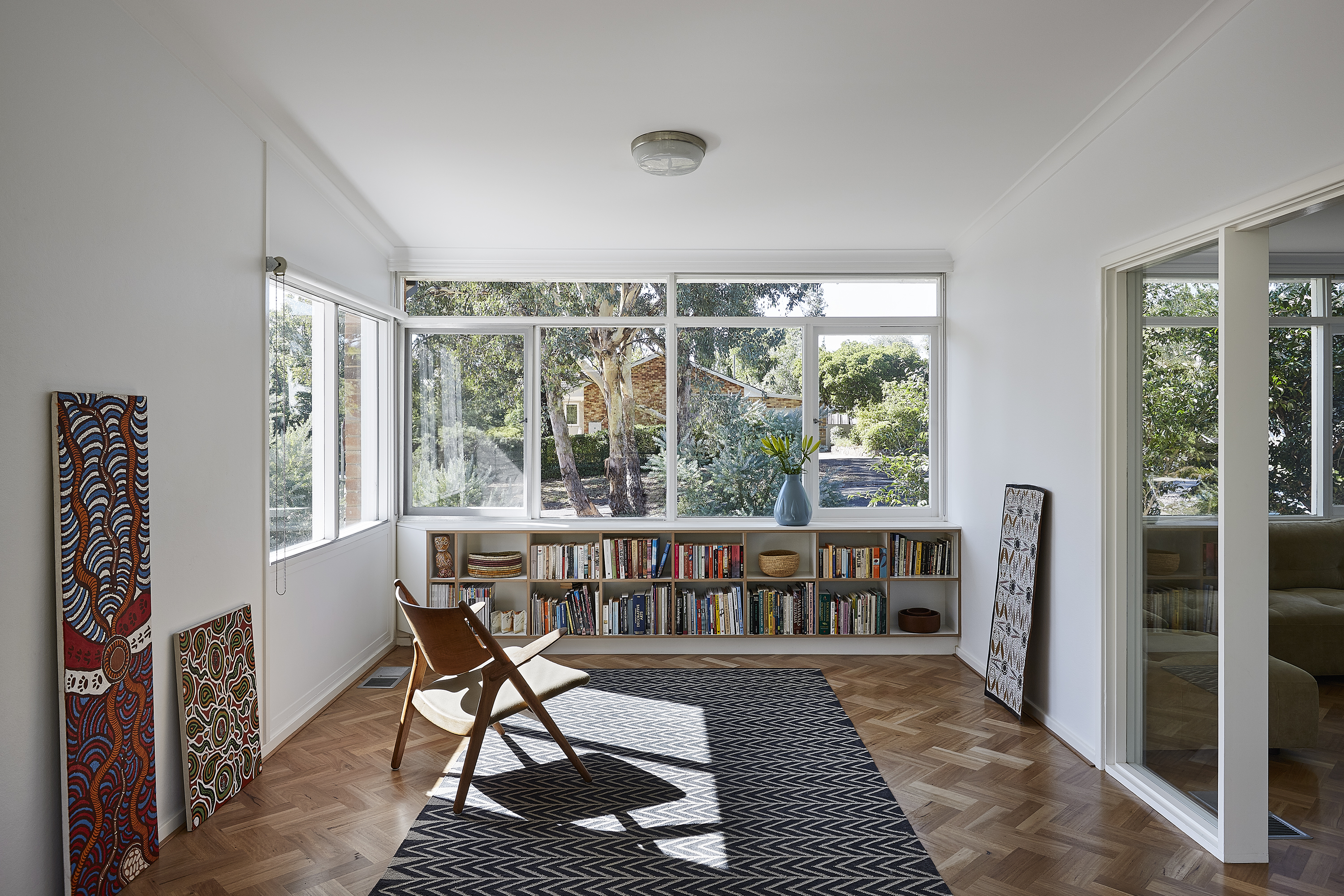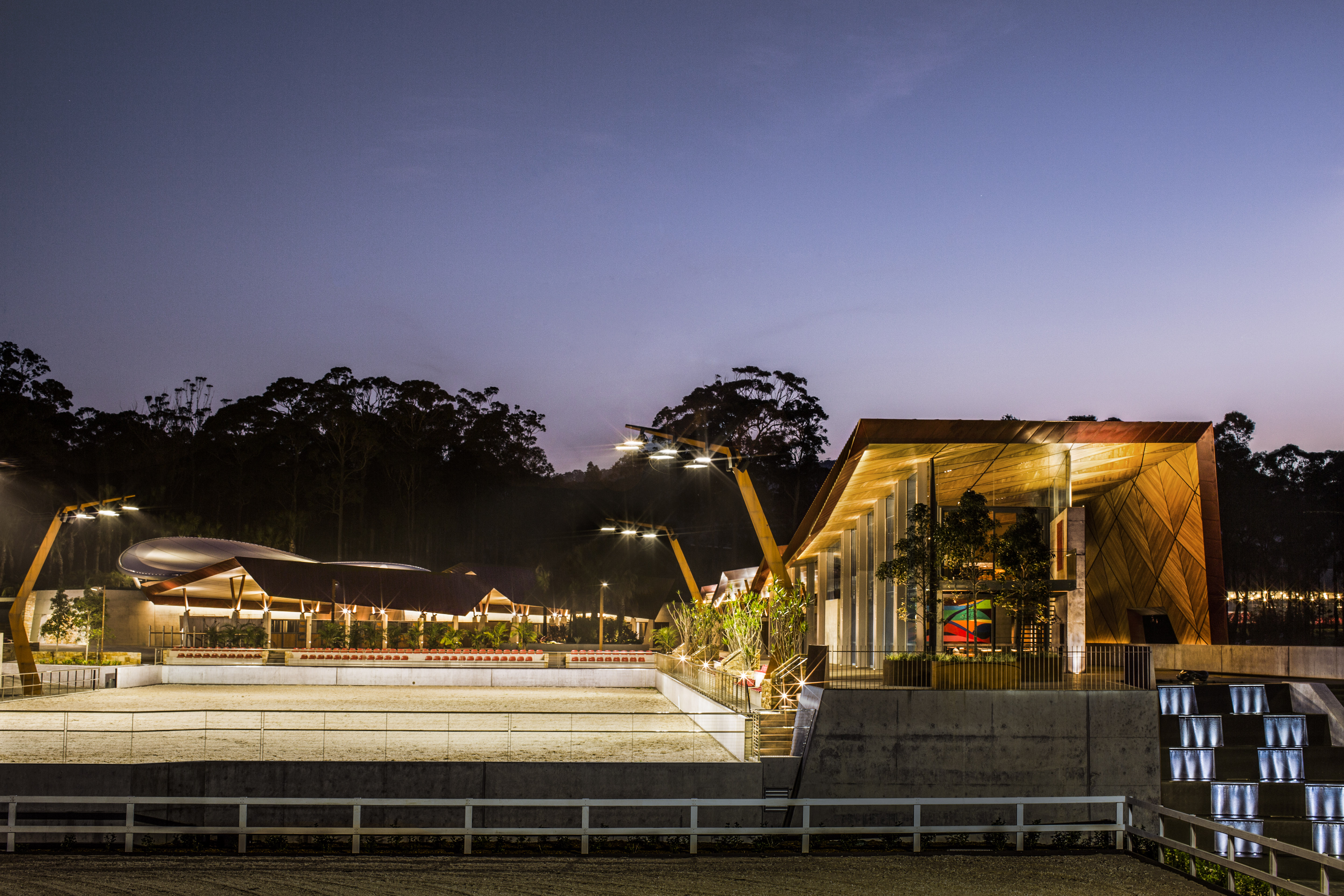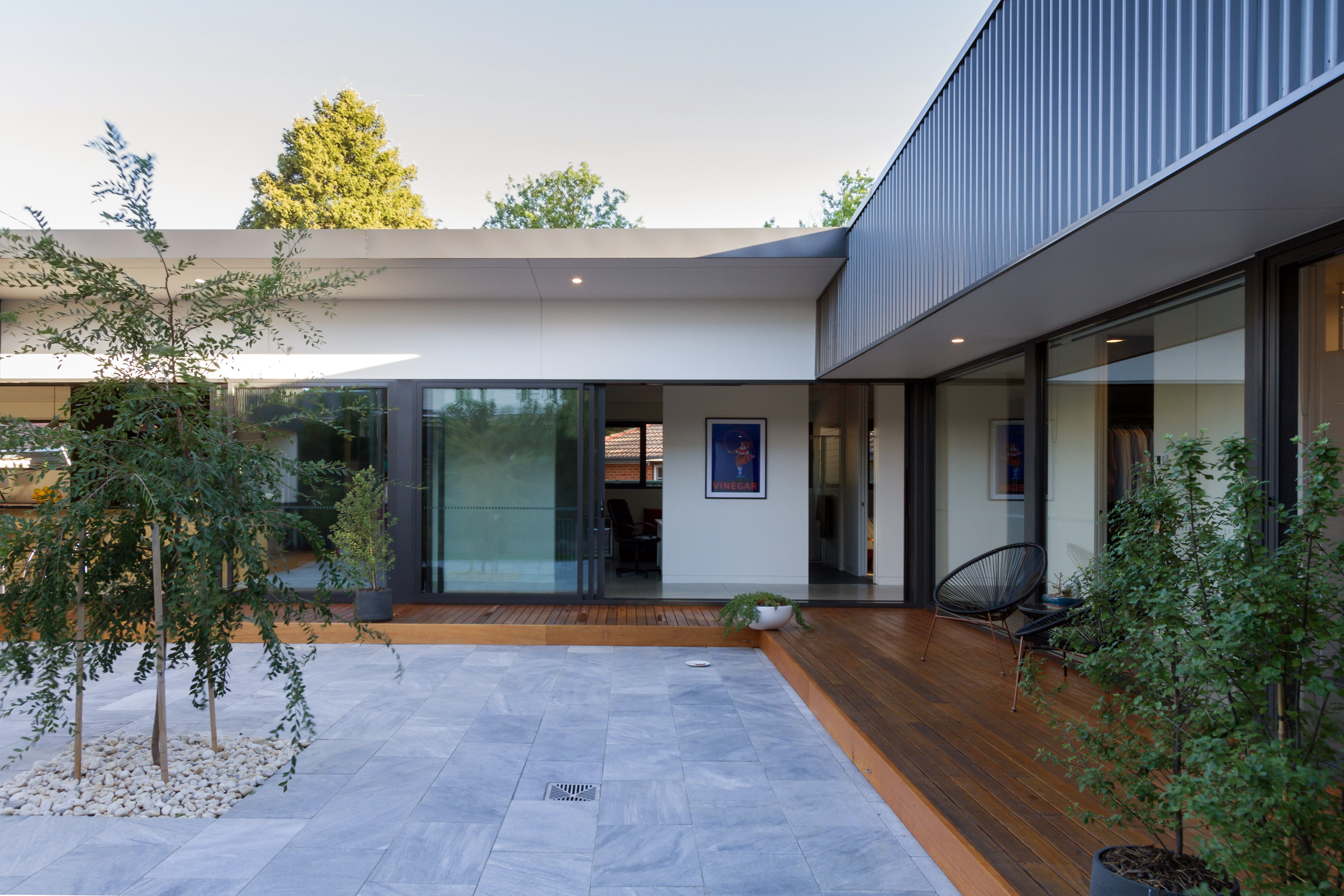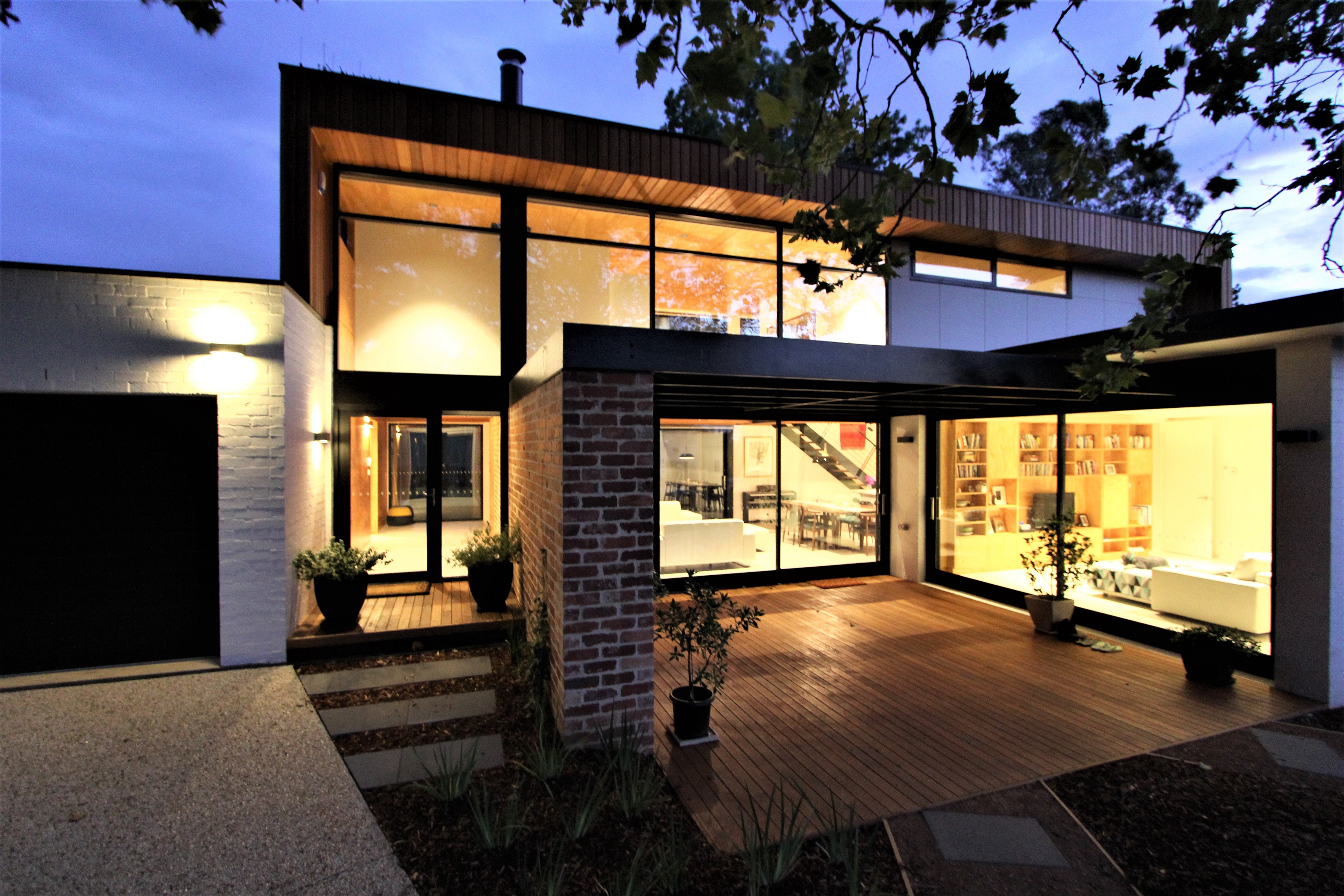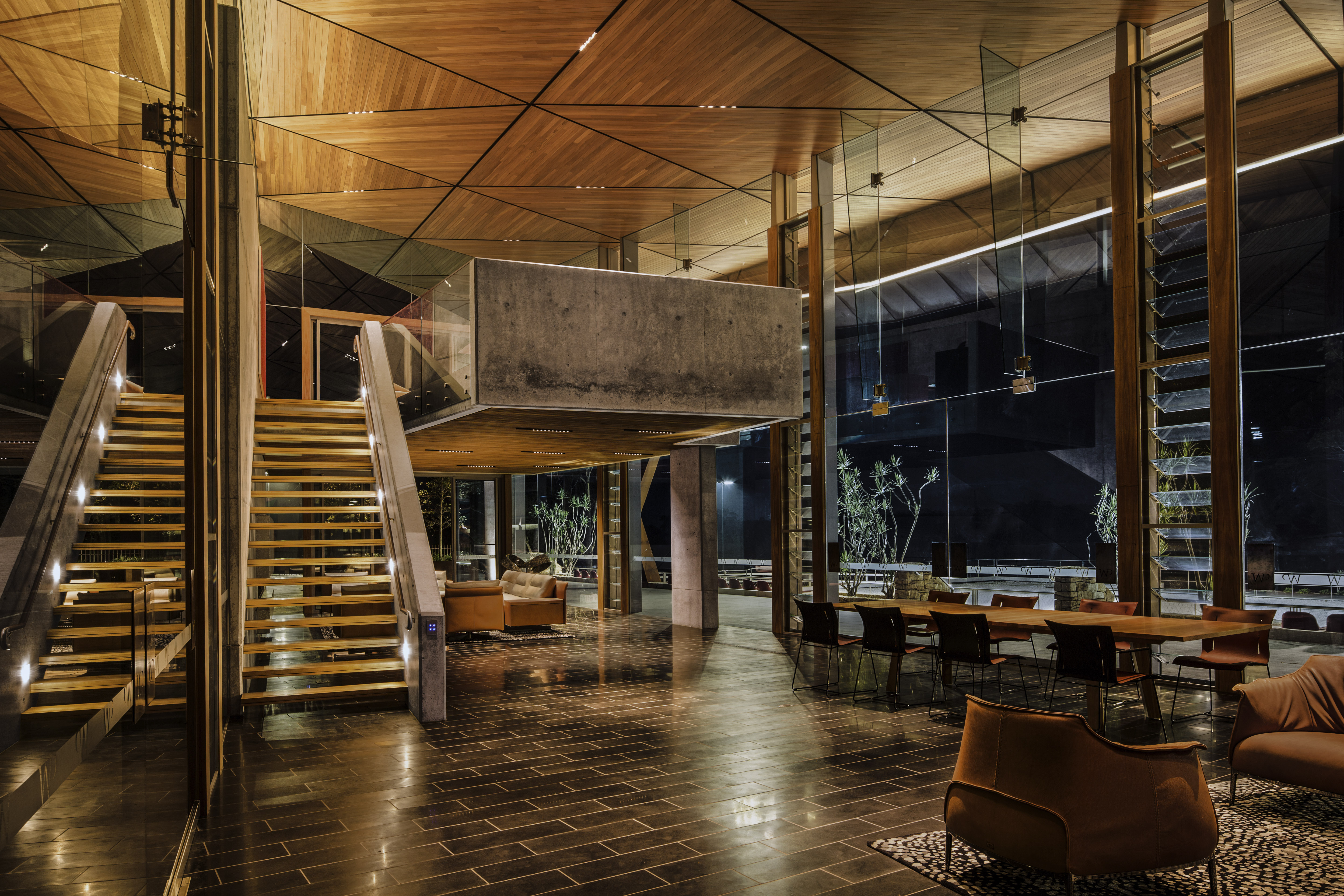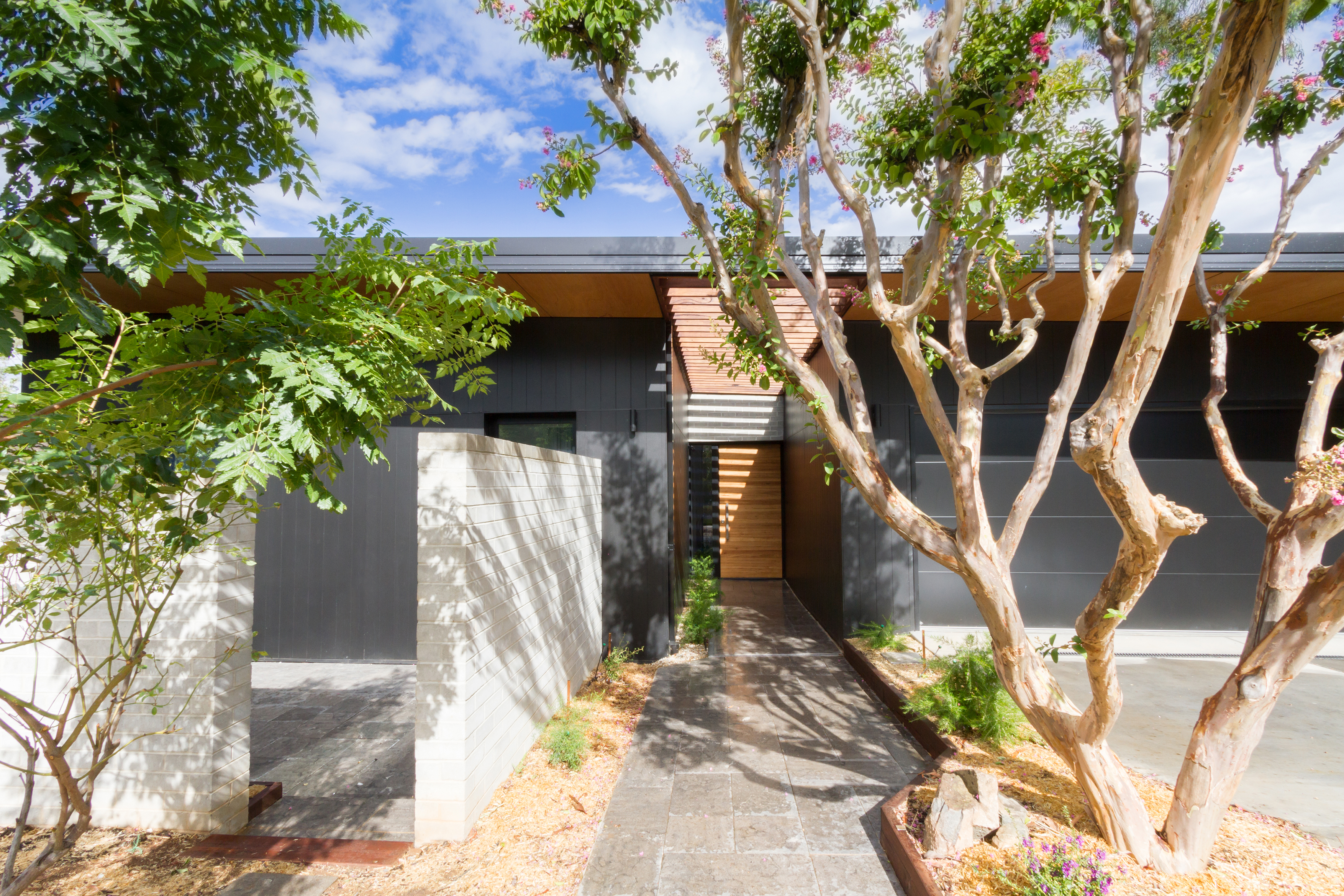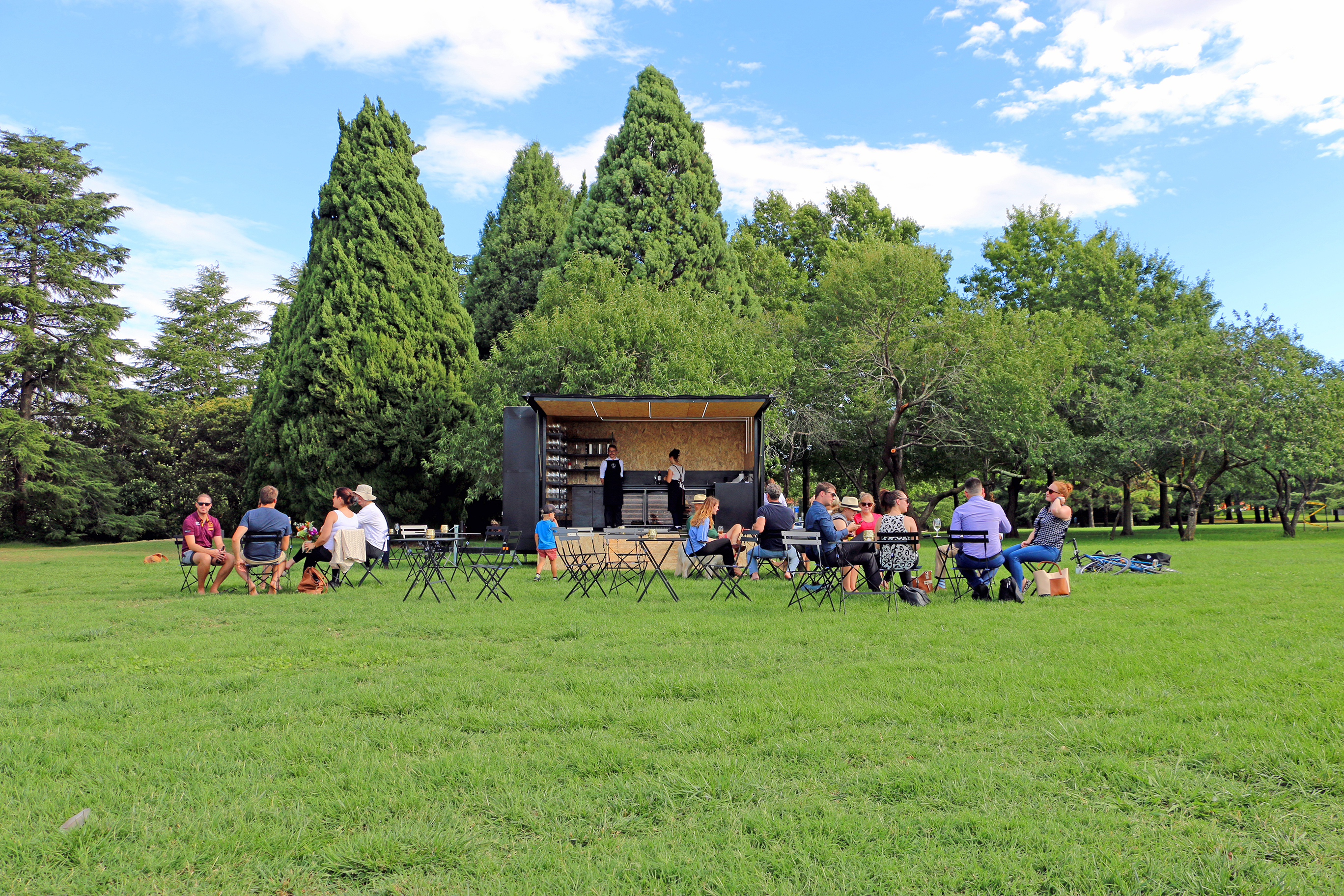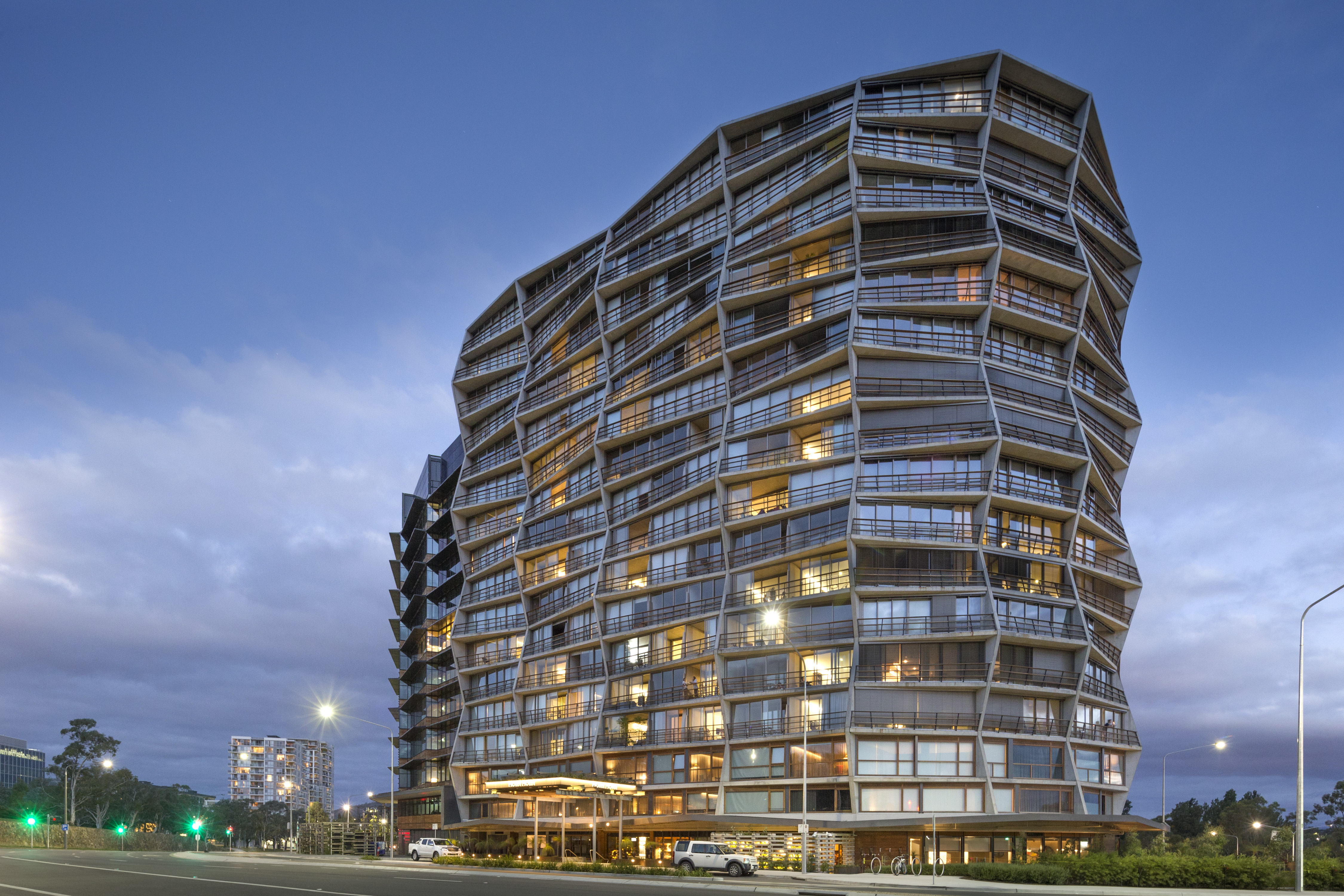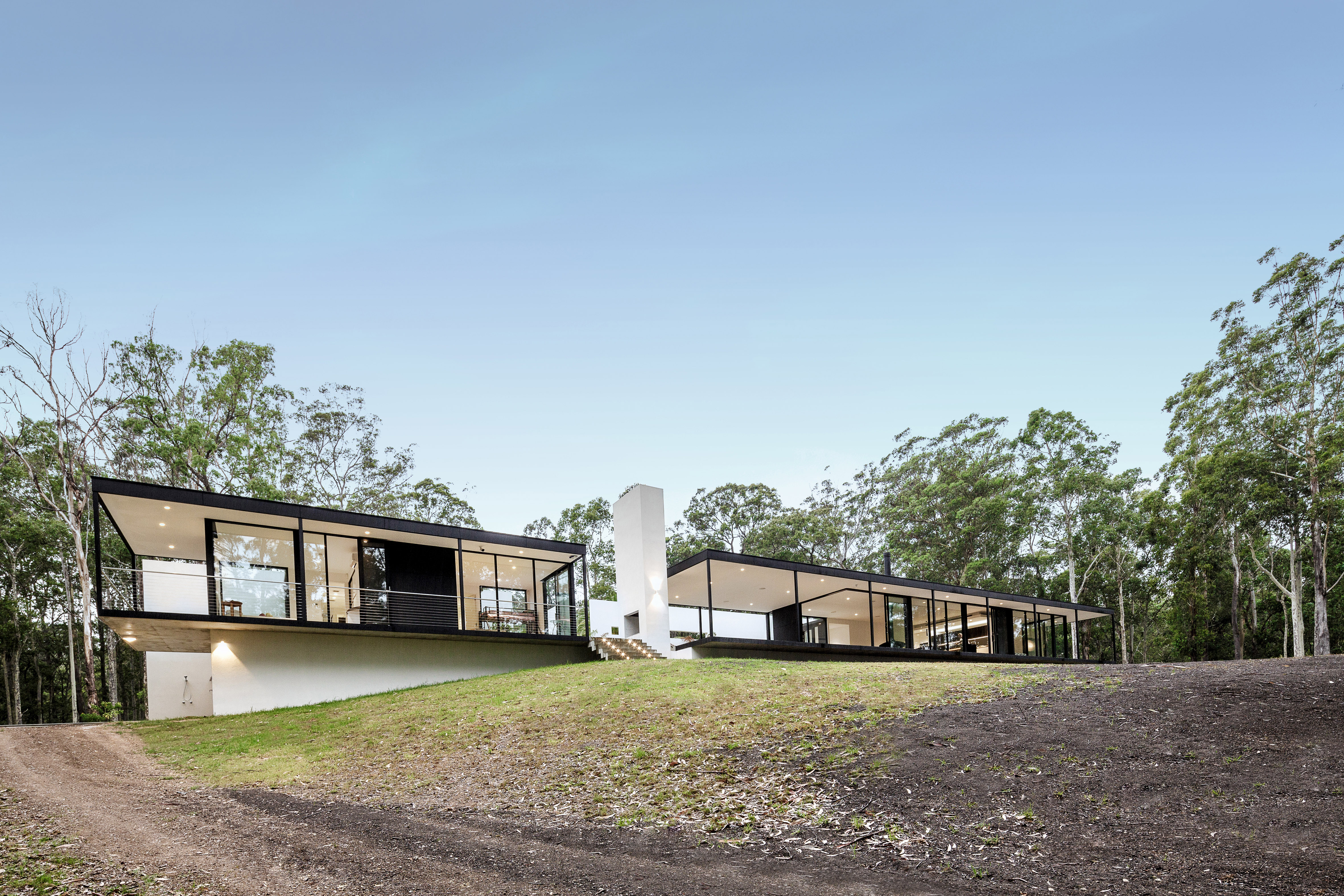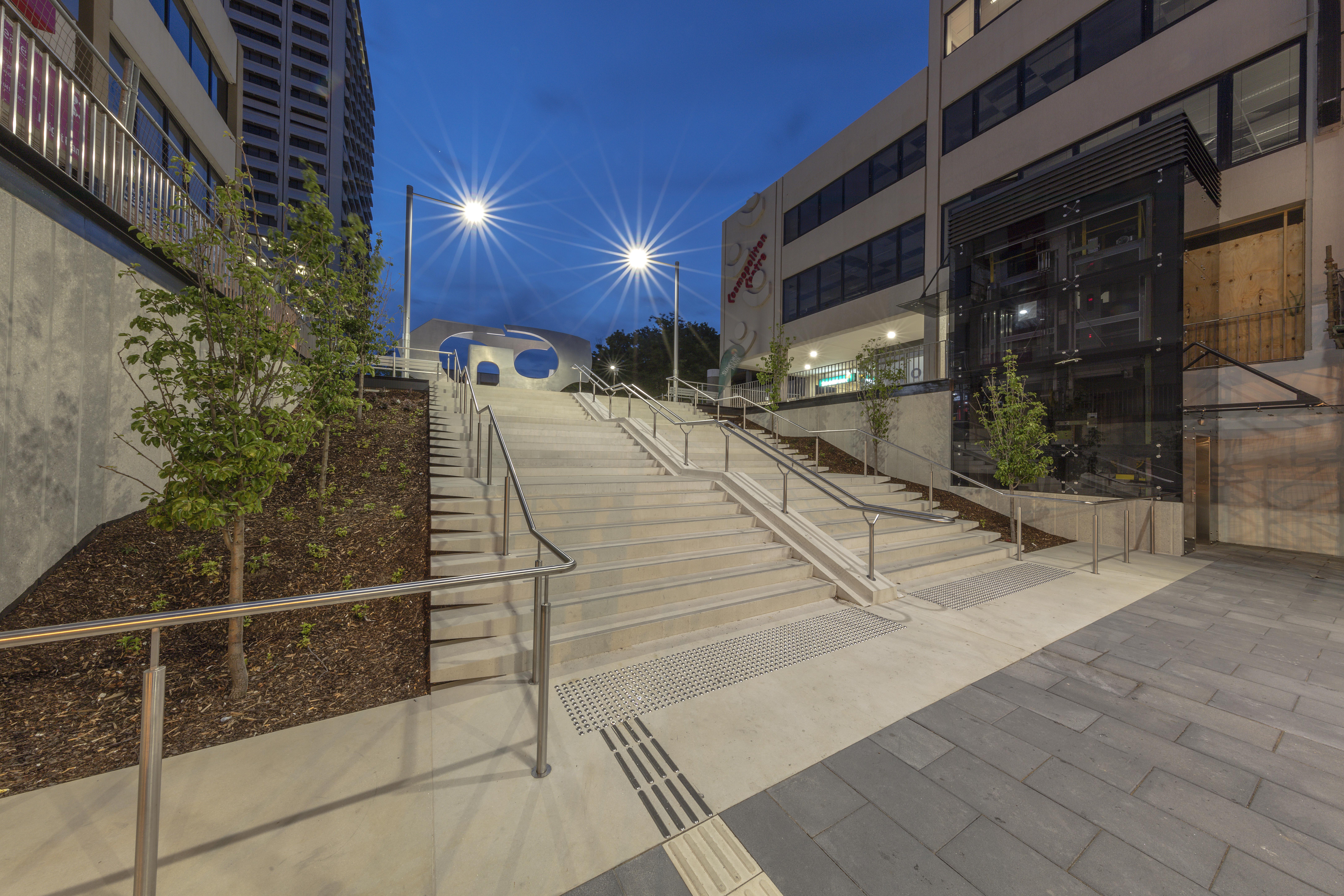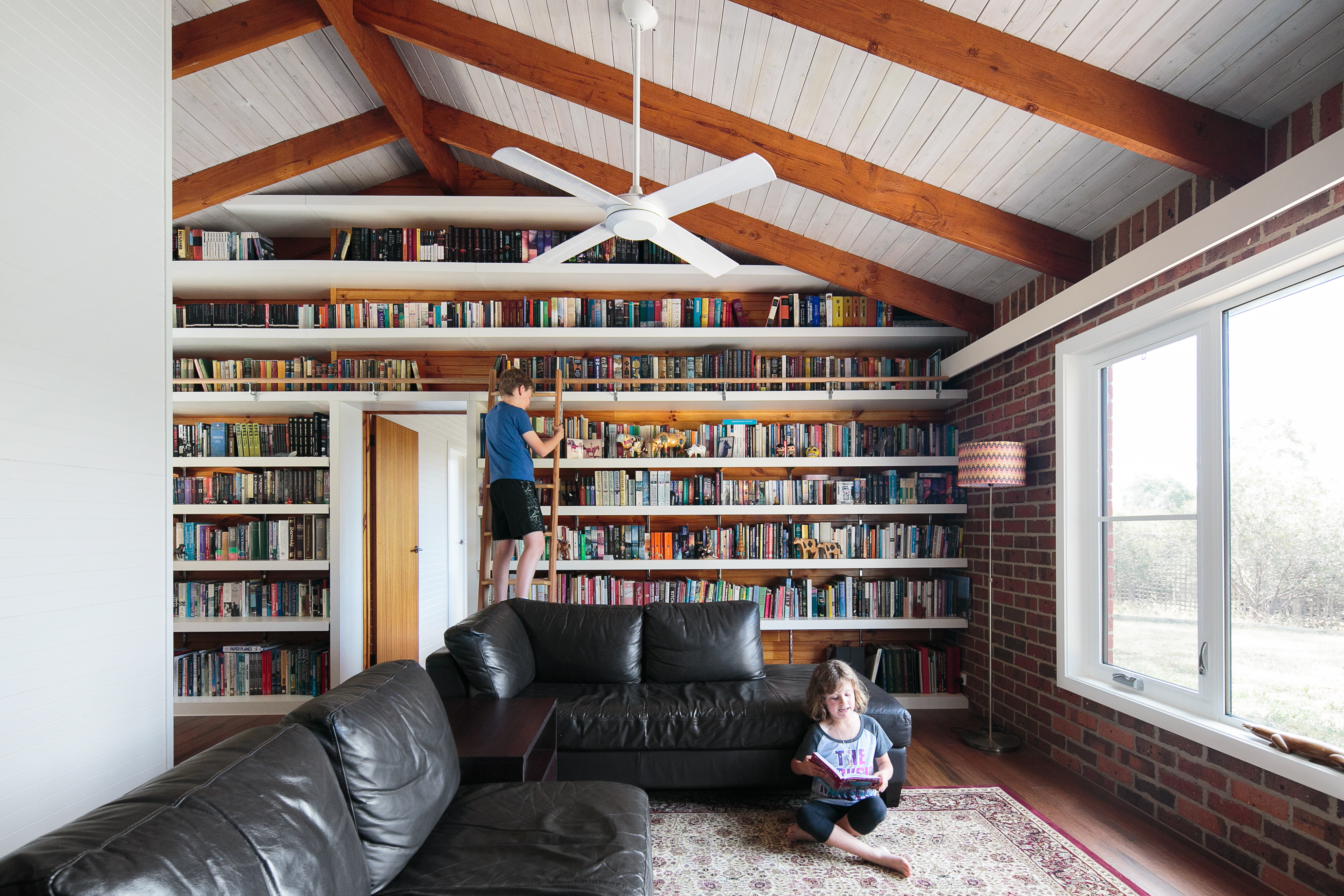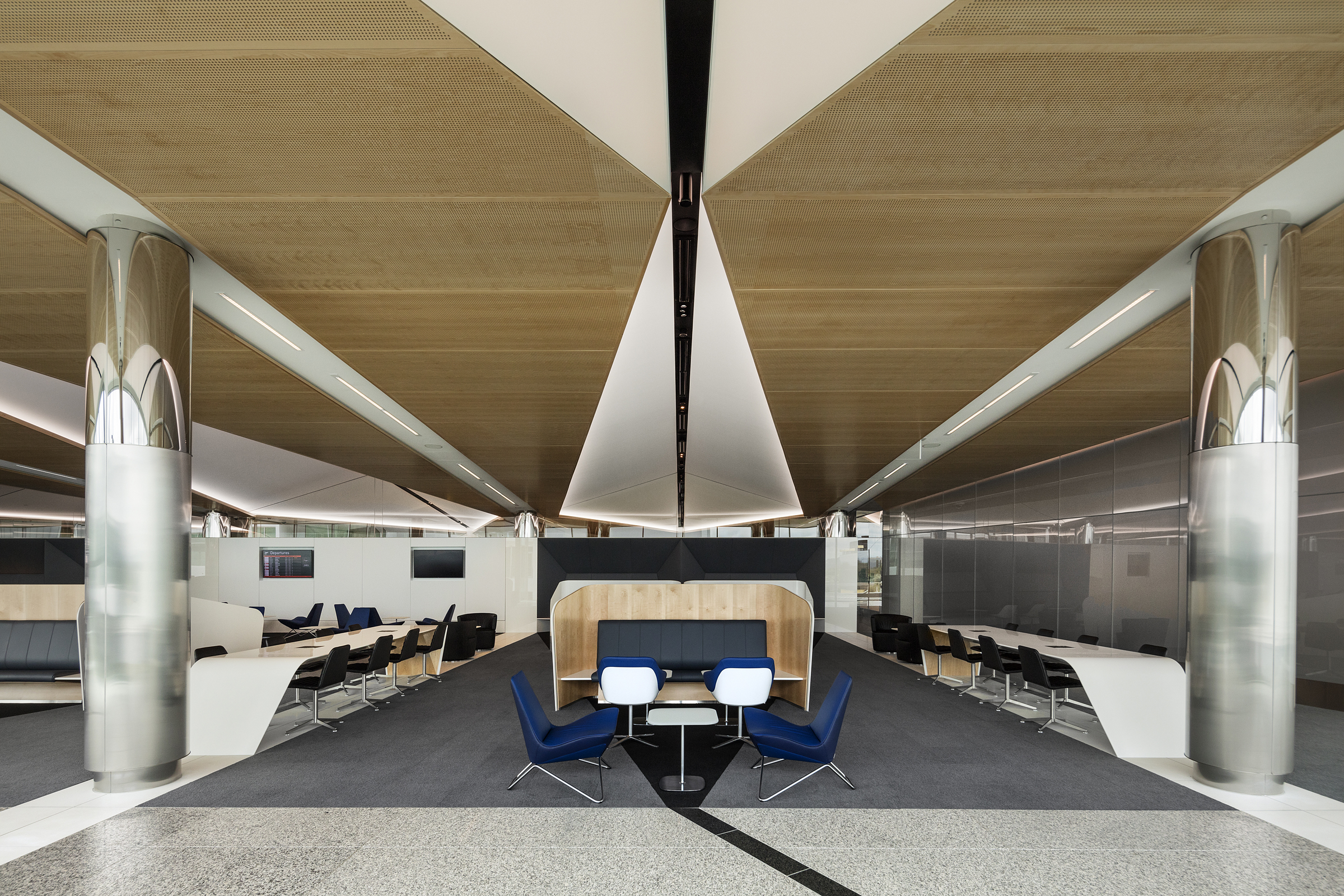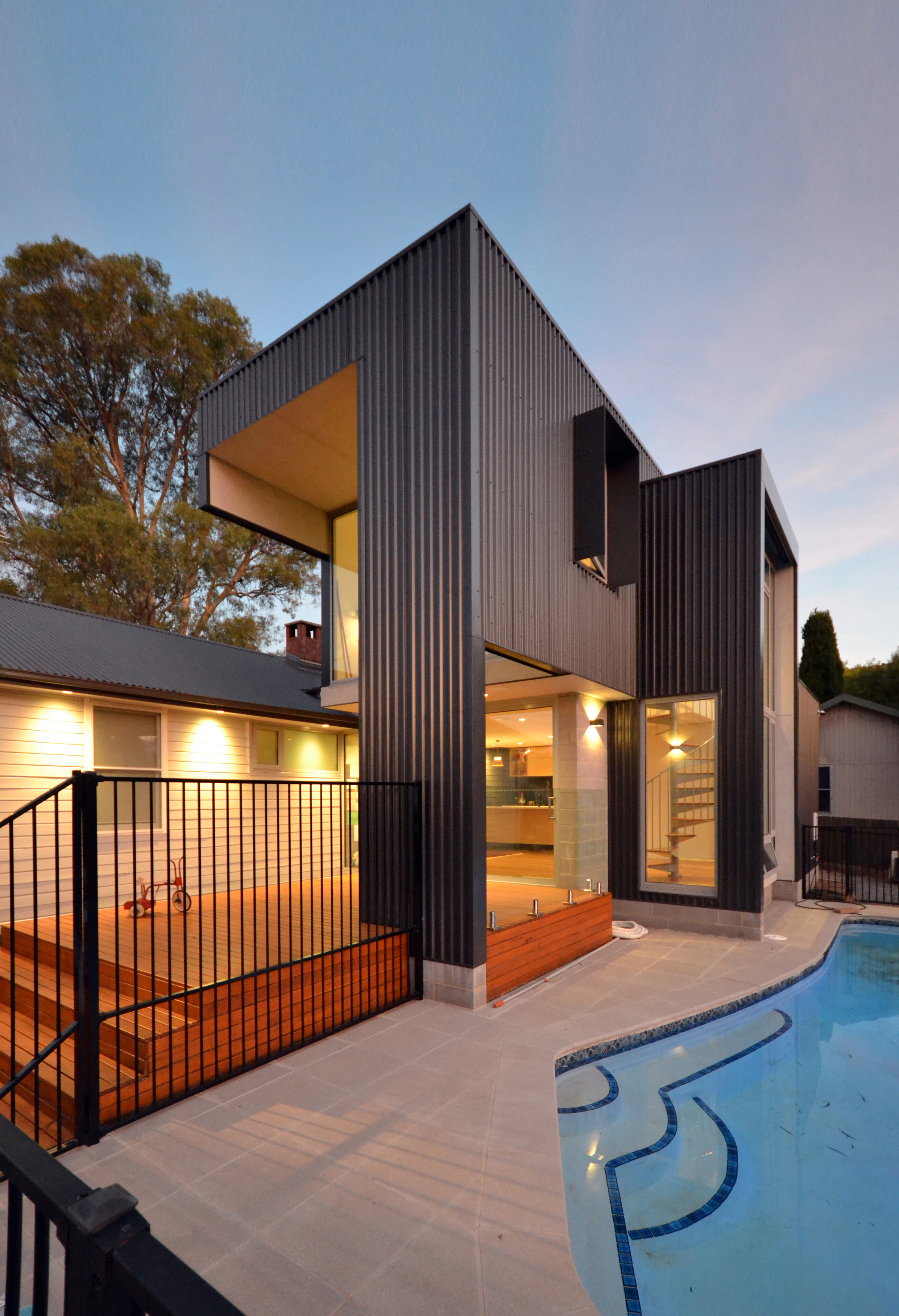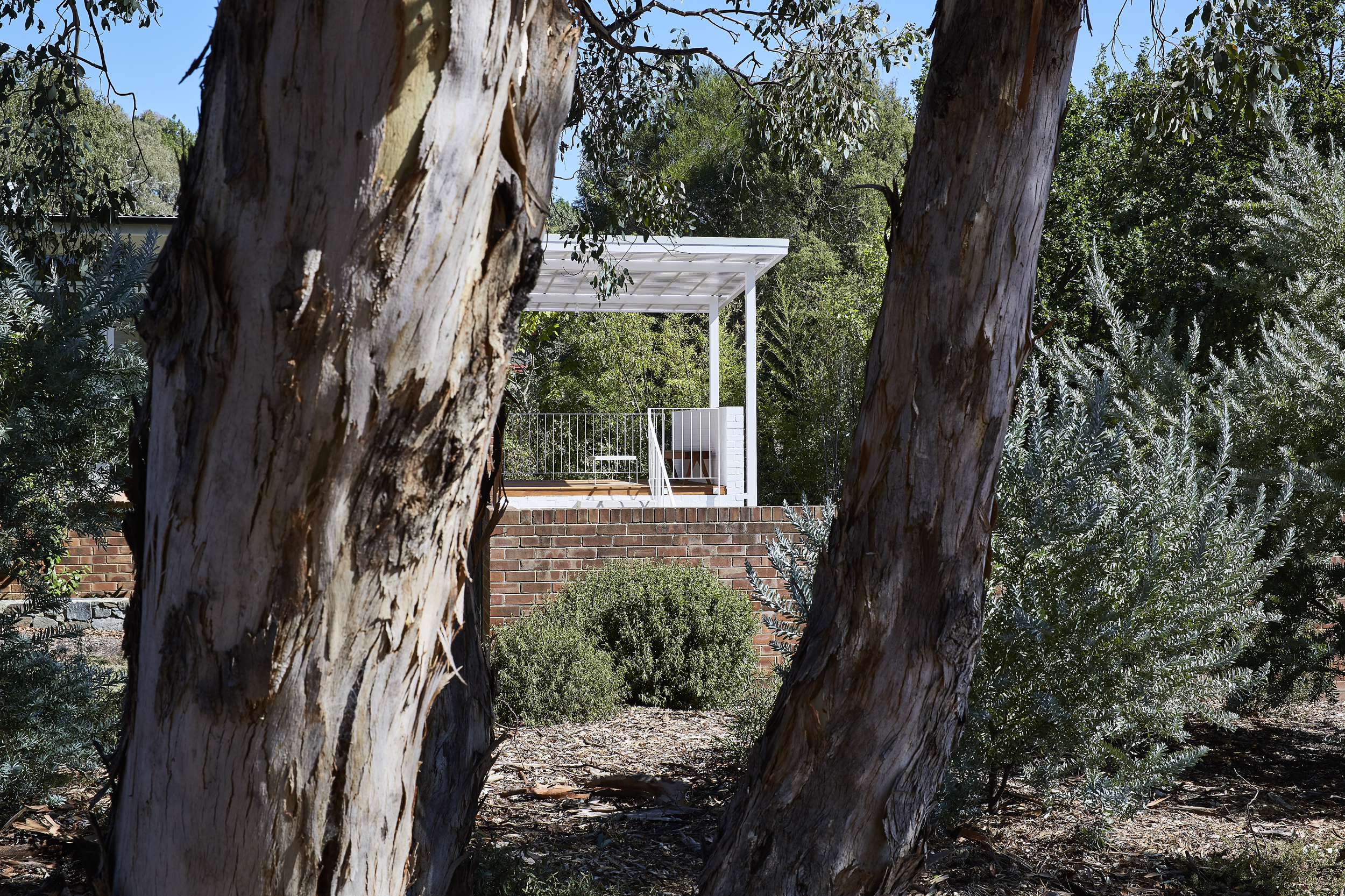And The Winners Are:
From the small-scale residential renovation through to the large-scale public building, projects of all sizes that enrich our environments have been honoured at the Australian Institute of Architects’ 2017 ACT Architecture Awards in Canberra on Saturday night.
The ACT’s highest architecture honour, the Canberra Medallion, went to Constitution Avenue by NCA, JILA, Hill Thalis, SMEC and AECOM. Over a decade in the making, Constitution Avenue, which also received the Sir John Overall Award for Urban Design, has realised Griffin’s vision with a project that ‘negotiates the macro and micro scale with consistency, clarity and vision’.
‘Its character is responsive to its particular location and adjacency, with subtle changes in scale and detail – from civic to boulevard, bushland to ceremonial, yet it successfully conveys integrated design aspirations. The NCA in its wisdom gathered a team of collaborators to achieve an outcome of immense public worth, and in doing so, have given us an exemplar to plan, design and deliver public domain works,’ the jury noted.
Fender Katsalidis Architects have added to their long list of awards for their NewActon Nishi development receiving the Sydney Ancher Award for Residential Architecture – Multiple Housing and an Award for Commercial Architecture.
‘In an era where housing needs to be denser, more compact, of high quality, and closer to civic centres, Nishi NewActon provides a compelling exemplar,’ the jury stated.
‘A remarkable example of how seemingly impossible constraints can be deftly handled in the hands of a skilled architect,’ saw MD House by Ben Walker Architects take home the Gene Willsford Award for Residential Architecture – Houses (Alterations and Additions).
In awarding the rennovation, the jury noted ‘the result clearly speaks of the fruitful engagement between architect and clients in delivering a well-considered outcome sensitive to their needs and aspirations.’
ACT Chapter President, Rob Henry, praised the entrants and winners for their clear commitment to designing places for people.
‘Continued population growth in our small territory, with its limited boundaries, must be managed
with a commitment to urban renewal and densification. It is the ‘voids’ that will provide the ACT with
sustainable opportunities for future growth. Underpinning any successful densification will be the inclusion of places for people that enrich sociocultural environments.
‘Regardless of the scale of project, our work should be developed on a premise that architecture is simply the backdrop for living, and we should also acknowledge that to achieve exemplary outcomes we must continue to engage with people in the process of making,’ Henry said.
A total of 25 Named Awards, Awards and Commendations were presented on the night from a field of 45 entries. Named Award and Award winners will now progress to the National Architecture Awards to be announced in Canberra on Thursday 2 November.
Full list of winners:
Commercial Architecture
Award – NewActon Nishi by Fender Katsalidis Architects
Award – Casey Market Town by Cox Architecture
Commendation – Sikorsky Helitech MH-60R Through Life Support Facility by Daryl Jackson Alastair Swayn Pty Ltd
Heritage
The J S Murdoch Award – Embassy of Sweden by Guida Moseley Brown Architects
Award – Howitt Street Residence by Cox Architecture
Interior Architecture
The W Hayward Morris Award – Willinga Park by Cox Architecture and Sally Hieatt Interiors
Award – Canberra Airport – International by Guida Moseley Brown Architects Commendation – Casino Canberra Refurbishment by Cox Architecture
Public Architecture
The Romaldo Giurgola Award – Willinga Park by Cox Architecture
Residential Architecture – Houses (Alterations & Additions)
The Gene Willsford Award – MD House by Ben Walker Architects
Commendation – Three Generation House by Light House Architecture and Science
Residential Architecture – Houses (New)
The Malcolm Moir and Heather Sutherland Award – McCarthy Purba House by Anthony Knobel Architect
Award – SG House by Ben Walker Architects
Commendation – O’Connor House by de Rome Architects
Commendation – Windywoppa by Collins Caddaye Architects
Residential Architecture – Multiple Housing
The Sydney Ancher Award – NewActon Nishi by Fender Katsalidis Architects
Award – Atelier by Bates Smart
Award – Barcelona by Guida Moseley Brown Architects
Small Project Architecture
The ACT Award – Corner House by Joanna Nelson Architect
Award – Pop Inn by Daryl Jackson Alastair Swayn Pty Ltd
Sustainable Architecture
The Derek Wrigley Award – Corner House by Joanna Nelson Architect
Urban Design
The Sir John Overall Award – Constitution Avenue by NCA, JILA, Hill Thalis, SMEC and AECOM
Award – Woden Stair by Cox Architecture
Enduring Architecture
Award – Lakeview by Harry Seidler & Associates 1984
COLORBOND® Award for Steel Architecture
Award – John James Village by Daryl Jackson Alastair Swayn Pty Ltd
Chapter Awards and Prizes
Canberra Medallion – Constitution Avenue by NCA, JILA, Hill Thalis, SMEC and AECOM
The Pamille Berg Award for Art in Architecture – Woden Stair by Cox Architecture
The Robert Foster Award for Light in Architecture – Canberra Airport – International by Guida Moseley Brown Architects
Architectural Professional of the Year – Shoba Cole, May + Russell Architects President’s Medal – ACT Emerging Architects and Graduates
Clem Cummings Medal – Tim Reeves and Alan Roberts
Emerging Architect Prize – Jessica de Rome, de Rome Architects
ACT Chapter Emerging Architect Prize – Special Commendation – Annette Pogas, ArPM
ACT Chapter Student Medallion – Daniel Reardon, University of Canberra
Daryl Jackson Alastair Swayn Graduate Prize – Eleanor Kirkham, University of Canberra
John Redmond Prize – Chloe Yin, University of Canberra
